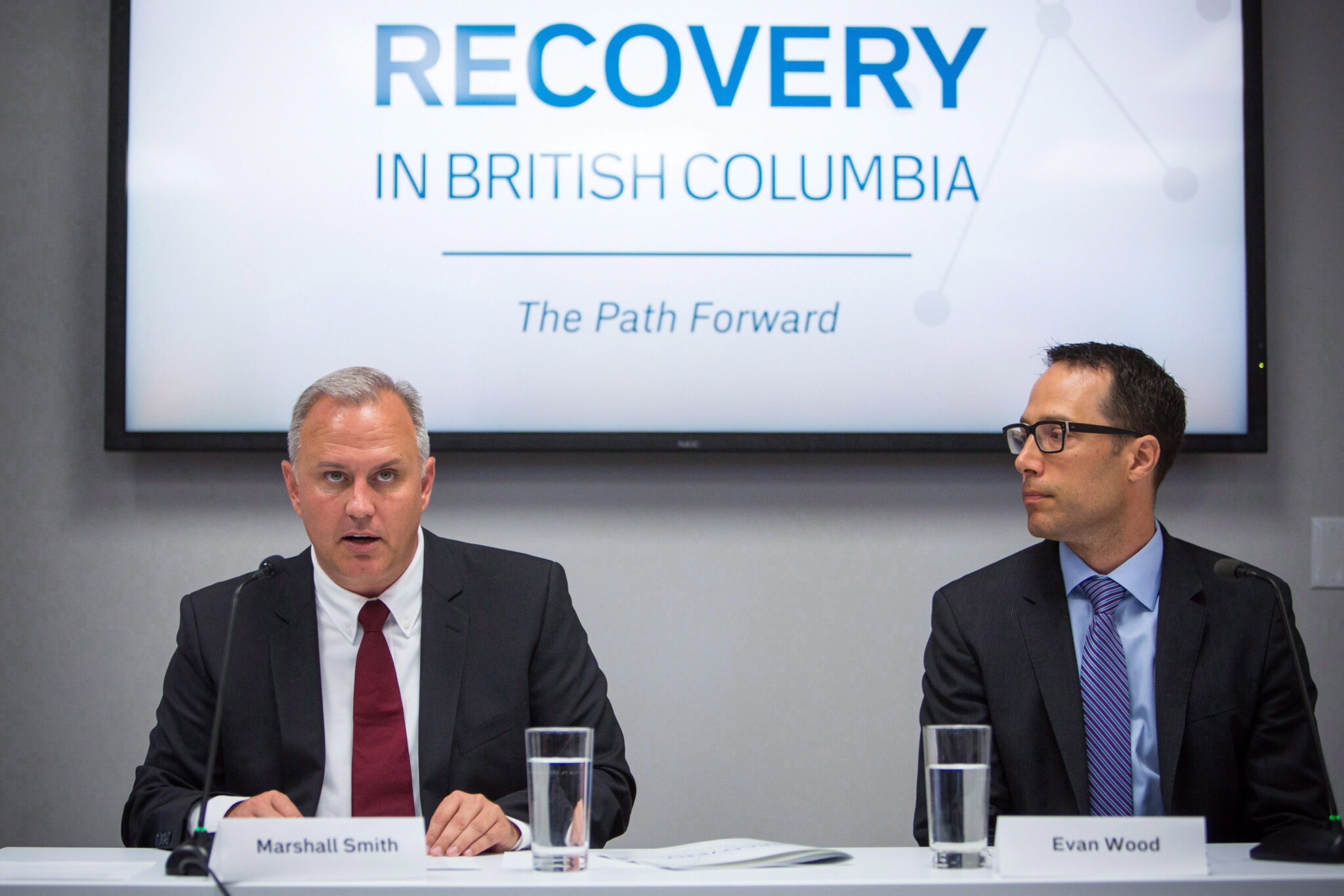The Weekly Wrap usually focuses on the two or three biggest topics dominating the news during the past week. With so much happening these days, it was tough to narrow it down, so this week’s Weekly Wrap covers five topics with short reflections.
The Online Streaming Act puts Canada in America’s crosshairs
This week, a group of experts and scholars met in Ottawa to discuss the risks to the Canada-U.S. relationship represented by the implementation of Bill C-11 (the Online Streaming Act)—the Trudeau government’s controversial legislative and regulatory effort to bring foreign streaming services like Amazon, Apple, Netflix and YouTube into Canada’s CanCon regime.
We’ve written extensively at The Hub about the Act’s downsides for Canadian consumers and content creators. But it was alarming to learn about what it could mean for Canada-U.S. relations, including the possibility of a trade challenge and eventual retaliation. That there’s now growing bipartisan congressional support for such a response is a sign of the bilateral risks at play.
It reinforces how ill-conceived Bill C-11 is. It’s hard in fact to conceive of a policy that harms consumer choice and price, undermines major sources of growth for Canadian cultural creators, and provokes the country’s largest trade partner. That would be an almost impressively bad policy troika if the consequences were less serious.
The Hub‘s essential critique of the law has been that it’s a solution in search of a problem. But it’s increasingly clear that it itself is the source of big problems.
Immigration is fundamentally transforming the make-up of our country
Yet as bad as Bill C-11 is, it pales in comparison to another failed policy from the Trudeau government: immigration.
The Hub published an article this week by former StatsCan official Don Kerr which sought to understand the population consequences of the government’s irresponsible spike in immigration since the 2021 Census.
At that time, the census estimated that the share of landed immigrants or permanent residents was 23 percent of the total population. Kerr’s article updates these figures using a combination of StatsCan’s population revisions, data on the rise of temporary migrants, and conservative estimates for the undocumented population. Adding these different numbers together, he estimates that the foreign-born share is now closer to 32 percent.
Yet even that number is a bit deceptive. Most communities across the country have foreign-born populations that are far lower than the national average—many in fact are in the single digits. If the average is nearly 32 percent nationally, therefore, it means that in some number of major cities, the share is far higher—in the City of Toronto for instance the number is now more than half.
These data convey the extent to which Canada’s population is going through an extraordinary transformation—one that’s fundamentally reshaping the demography of our cities and communities.
We can debate whether these developments are positive or negative, whether or not they’re going too fast, or if there are economic and cultural trade-offs to better account for. But such debates are only possible if we understand what’s actually happening. Kerr’s helpful analysis is therefore a major contribution to the public’s consciousness.

Marshall Smith, Senior Adviser for Recovery Initiatives at BCCSU and Dr. Evan Wood, Director of the BCCSU are pictured during a press conference at the BC Centre on Substance Use in Vancouver, B.C., on Wednesday July 18, 2018. Ben Nelms/The Canadian Press.
Marshall Smith’s outsized impact
The big development in Alberta politics this week is news that Premier Danielle Smith’s chief of staff Marshall Smith will leave his post in the coming weeks.
Smith first came to Alberta politics as the chief of staff to successive addiction ministers in Jason Kenney’s government. His mark on the so-called “Alberta model” focused on recovery as opposed to harm reduction cannot be overstated. Smith’s time in Alberta politics has contributed to major policy progress.
Many of the stories about his departure have noted his own challenges with addiction and how they’ve influenced his work. His raw experience has proven more useful for addiction policymaking than the weird ideological commitments of left-wing scholars.
The whole experience with the Alberta recovery model demonstrates the capacity for conservatives to compete and win in the battle of ideas. Before Kenney and Smith (and Smith), conservatives were defensive on these issues. The goalposts of debate had clearly been set by harm reduction proponents. Those goals have posts are now shifting. The harm reduction crowd is on the defensive because of the policy’s tragic failures, and the Alberta model is finding growing support across the provinces and in a prospective Poilievre-led government in Ottawa.
It reflects a remarkable personal accomplishment on the part of Smith to turn his own difficult experience into a better future for Albertans (and Canadians ) who struggle with addiction. And it’s a big policy win for conservatives.
How will declining fertility affect Canada’s politics?
This week, I re-read a 2022 academic study that sought to understand the political axiom that as people age they tend to become more conservative. Although it’s a commonly-held assumption in politics (perhaps best reflected in the wrongly-attributed Churchill quote about conservatives and their brains) there’s been outstanding questions about the main factors behind this interrelationship between growing up and shifting to the Right, including on social issues.
What the paper finds is that the major influence here isn’t age, income, or professional experiences associated with growing up and entering adulthood. The principal factor is parenthood. As the paper explains:
“We found cross-cultural and experimental evidence suggesting that parental care motivation leads to increases in socially conservative attitudes, and that parenthood is associated with social conservatism around the globe.”
This resonates a great deal for me. The awesome responsibility of being a parent—starting with the safety and security of one’s children—has an inherently conservative characteristic. I’ve written for instance in the past about how a lot of modern parents live out “bourgeoise values” (or social conservative values) without even realizing it.
It’s notable though that the paper was released so soon after StatsCan’s data showing Canadian fertility is at all-time lows and the second lowest in the G-7 after Japan.
It prompts the question: do fewer parents mean fewer conservatives?

A cleaner wipes a glass panel at Toronto’s Eaton Centre Shopping mall on Saturday, March 21, 2020. Chris Young/The Canadian Press.
The political problem of Canada’s over-credentialed working class
There’s been a lot of talk in recent years about how Canadians in general and young Canadians, in particular, are feeling like they’ve done what society has asked of them—including obtaining post-secondary credentials—and yet the attendant promise of middle-class opportunity hasn’t been fulfilled.
This sentiment isn’t merely a perception. A new Cardus Institute paper co-authored by Renze Nauta and me provides evidence that it reflects a growing reality.
In particular, the paper aims to understand the educational background of those in working-class occupations (defined by jobs that don’t typically require post-secondary credentials) including the share with university or college credentials.
We find that today 56 percent of those in working-class jobs actually have post-secondary credentials, including nearly one in five with university degrees.
These numbers are up quite a bit over the past twenty years or so. The former has increased from 42 percent in 2006 and the latter has nearly doubled over the same period.
A big share of this population are immigrants whose credentials are going underutilized due to our byzantine system of foreign credential recognition. But that’s not the full story. There’s a significant share of native-born Canadians (including still more than half of non-immigrants in working-class jobs) whose credentials are being wasted. Their personal experience isn’t one of social mobility. It looks and feels like a story of social reversal.
There’s a lot to be said about the policy implications of these findings. The paper sets out different policy areas that may be affected including education, immigration, and labour policy.
As a matter of politics, though, the key insight is a possible explanation for why a considerable share of the population is feeling increasingly disappointed and frustrated. Nearly 6.5 million Canadians are in jobs that are below their educational attainment. These are the ones who “did what they were supposed to” but still cannot “get ahead.” This is Canada’s over-credentialed working class.










